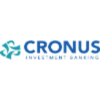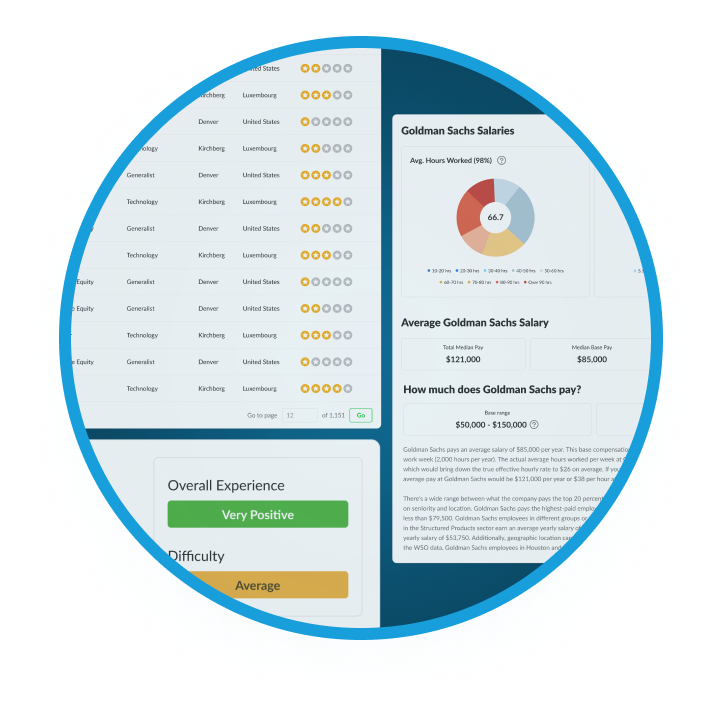Thomas Weisel Partners Stifel Financial Interview Questions
The Interview Experience is a score from 1 star (very negative) to 5 stars (very positive) generated based on the Interview Insights at this company.
The number you see in the middle of the doughnut pie chart is the simple average of these scores. If you hover over the various sections of the donut, you will see the % breakdown of each score given.
The percentile score in the title is calculated across the entire Company Database and uses an adjusted score based on Bayesian Estimates (to account for companies that have few interview insights). Simply put, as a company gets more reviews, the confidence of a "true score" increases so it is pulled closer to its simple average and away from the average of the entire dataset.
- Very Negative
- Negative
- Neutral
- Positive
- Very Positive
The Interview Difficulty is a score ranging from very difficult (red) to very easy (green) generated based on the Interview Insights at this company.
The number you see in the middle of the doughnut pie chart is the simple average of these scores. The higher the number, the more difficult the interviews on average. If you hover over the various sections of the doughnut, you will see the % breakdown of each score given.
The percentile score in the title is calculated across the entire Company Database and uses an adjusted score based on Bayesian Estimates (to account for companies that have few interview insights). Simply put, as a company gets more insights, the confidence of a "true score" increases so it is pulled closer to its simple average and away from the average of the entire data set.
- Very Easy
- Easy
- Average
- Difficult
- Very Difficult
The % of Interns Getting a Full Time Offer chart is meant to provide a realistic estimate of the hiring practices of the company based on the reviews at this company.
The number you see in the middle of the doughnut pie chart is the simple average of these scores. If you hover over the various sections of the doughnut, you will see the % breakdown of each score given.
The percentile score in the title is calculated across the entire Company Database and uses an adjusted score based on Bayesian Estimates (to account for companies that have few reviews). Simply put, as a company gets more reviews, the confidence of a "true score" increases so it is pulled closer to the simple company average and away from the average of the entire data set.
- 0%
- 10%
- 20%
- 30%
- 40%
- 50%
- 60%
- 70%
- 80%
- 90%
- 100%
Interviews at Thomas Weisel Partners Stifel Financial
Interview Questions & Answers - Thomas Weisel Partners Stifel Financial Examples
Associate Interview - Investment Banking
Investment Banking Summer Analyst Interview -
Which valuation method would you use when you are working with a client and why?
I responded with DCF because it is most fundamentally sound in terms of projecting the firm's value. However, the analyst responded that multiples is the best method because it's easier to understand and less assumptions are involved.
Let's pretend you worked at this company when it was working with LinkedIn. How would you value a company if it had negative cash flows, there weren't any comparable publicly-traded social networking sites, and it was the first software company of its kind to be valued (i.e. no precedent transactions)?
I responded that
1) I didn't know the answer to the question because I was still learning about that industry and its particular valuation methods, but
2) if I had to guess, I would probably use a multiple that incorporated number of users, e.g. growth in users, and then apply it to a percentage estimation of how many of those I would be able to monetize in a future change to the company's business model.
Okay, but that's only one method, how else would you value the company?
Once again, I said that
1) I was still learning, but
2) I could assume that I might be able to take a multiple off an online dating company (first thing that came to mind), and apply it to LinkedIn. My reasoning was that an online dating company connects people in a similar way to how LinkedIn would connect business people.







or Want to Sign up with your social account?